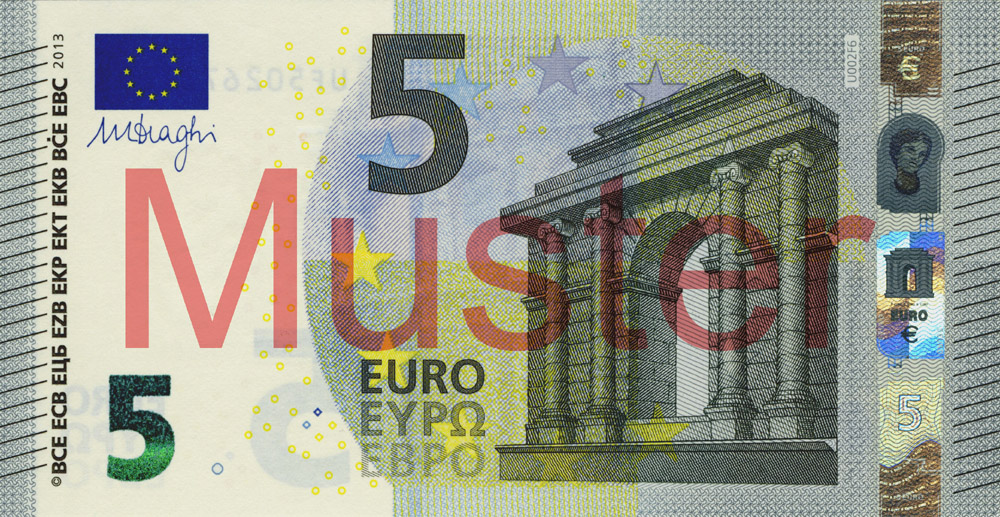General Search
Multiple search words are automatically linked with "AND". Text enclosed in quotation marks (") returns only the pages in which this text occurs exactly. With the search filters next to the results you have the possibility to further limit your search.
-
Amendments to the reporting system
Overview of the most important content-related amendments to the external reporting system.
-
5 Euro banknote
-
FAQ and notices
On this page you will find frequently asked questions and notices on reports in external sector.
-
Bundesbank study: Wealth in Germany grows in nominal terms but declines in real terms, with no change in inequality
10.04.2025 DE
Between 2021 and 2023, the average amount of wealth per household in Germany grew slightly in nominal terms, but declined in real terms, i.e. when adjusted for inflation. This is the finding of a Bundesbank study that regularly examines household wealth and finances. Nevertheless, net wealth remains at a higher level in both nominal and real terms than in 2017, when the Bundesbank carried out its last survey before the COVID-19 pandemic.
-
Balance of payments
The balance of payments records all economic transactions between residents and non-residents within a given time period and thus shows a country’s complex economics links with the rest of the world.
-
Numismatische Spezialführung mit Dr. Sandra Matthies
Entdecken Sie unter fachkundiger Führung von Dr. Sandra Matthies die beeindruckende Münzsammlung der Deutschen Bundesbank im Geldmuseum.
-
Weekly activity index for the German economy
The weekly activity index (WAI) is an index designed to measure real economic activity in Germany in a timely manner. The index is based on daily, weekly, monthly and quarterly indicators for the German economy.
-
Euro banknotes The new Europa series €100 and €200 banknotes
The denominations of euro banknotes embody the shared theme of "Ages and styles of Europe" and represent the architectural styles of seven periods of European cultural history. They have been legal tender in all of the participating European Union member states since 1 January 2002. In addition, the physical appearance of euro banknotes is identical throughout the euro area. The European Central Bank and the national central banks of the Eurosystem began rolling out a second series of euro banknotes in May 2013.
